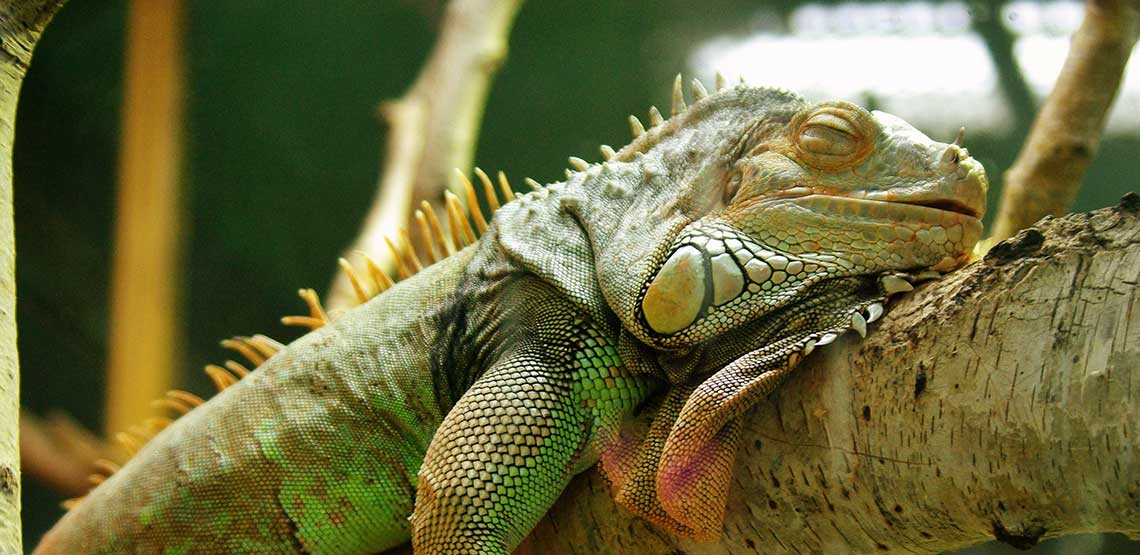A Pet Owner's Guide to Reptile Cages
Choosing from the many types of reptile cages and reptile aquariums on the market can be a challenge. The most important factor is choosing the right size, as you want to give your pet as much freedom and comfort as possible. After that, it's a matter of opinion, along with your knowledge of what is best for your pet.
Reptile Cage Basics
The choice in reptile housing comes down to the structure itself and which type is best suited to your reptile. There are two basic choices: cages and aquariums.
Reptile Aquariums
Reptile aquariums are best suited to pets that spend a good chunk of their time (if not all of it) in the water. You won't have to fuss with having a water bowl that can spill and make a mess of the substrate in your tank, not to mention that your reptile will have a lot more room to swim. When choosing a reptile aquarium, you'll want to look for:
- A built-in lighting source. Many reptiles require UVA/UVB as well as conventional lighting, so finding a tank that provides both can save you a lot of hassle.
- A thermometer. Often, the heat source for your tank will have to be separate, but you can monitor the temperature of your tank with a built-in thermometer.
- Easily replaceable (and affordable) filters. Make sure the filters for your tank are readily available and aren't too expensive, since you'll need a lot of them over time.
- A secure lid. Reptiles are sneaky, so having a secure mesh or plastic lid is a must. Most have easy access panels so you don't have to remove the whole lid to feed your pet.
Related Search Topics (Ads):
Reptile Cages
For reptiles that spend more time on dry land, a reptile cage with a water bowl may be all that you need. You'll likely need all of the same features of a reptile aquarium (aside from the filters), so the most important thing you'll want to consider here is the material of the cage.
Some materials can be dangerous or hazardous to lizards, so look for materials like epoxy-coated or heat-resistant wire. Make sure the mesh allows for enough air to circulate.
Furnishing your Reptile Enclosure
Whether you choose an aquarium or a cage as your reptile enclosure, you'll want to make sure you deck it out to mimic your pet's natural reptile habitat. You'll need reptile supplies like bark or rocks to provide climbing or basking areas and various types of foliage for hides. Substrates such as paper towel or newspaper are usually safe, but specific mosses and soils have a more natural look.
Just be sure that any material you add to your reptile habitat is nontoxic and easy to clean. A buildup of grime or feces in the reptile tank or cage can lead to serious health problems and even death for your pet.
